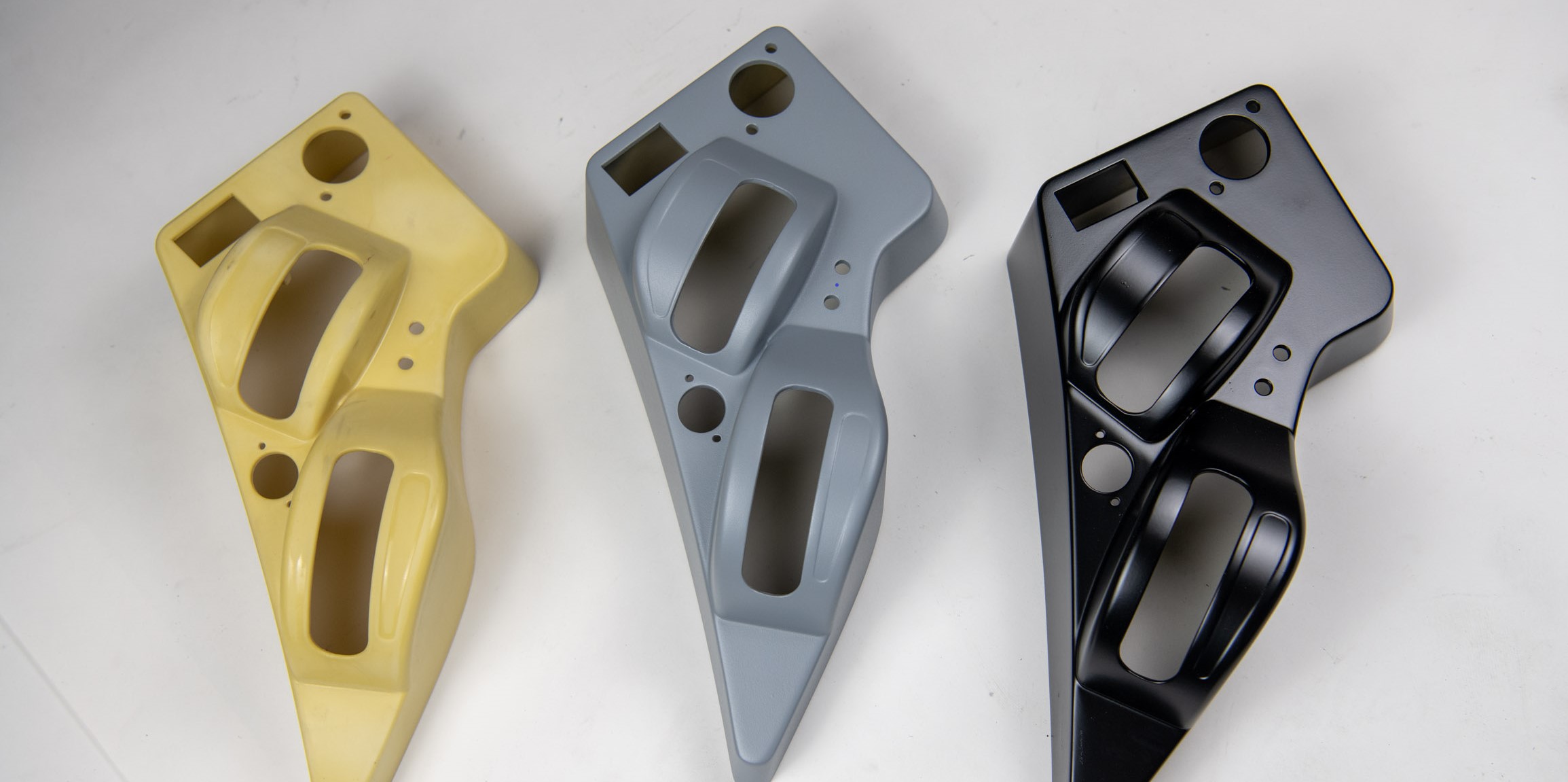
URETHANE FOAMS – NEWS
Polyurethanes are polymers obtained from the chemical reaction of 2 basic components, polyol and isocyanate (MDI). The chemical reaction that takes place between the two basic components is exothermic, but does not create polluting secondary waste substances.
With the addition of an expanding substance to the mixture, which can be in liquid or gaseous form, during the chemical reaction there is an increase in the volume of the final material, with a consequent decrease in the specific weight of the finished product.
The material produced by the reaction is safe, biologically and chemically inert, with excellent thermal and electrical insulation capabilities. Since 1995 the EU has prohibited the use of CFCs (Chlorofluorocarbons) in the formulations of polyurethane foams and since 2003 the foams are also free from HCFC (Hydrochlorofluorocarbons)
The polyurethane family is very wide and offers a very wide range of formulations that can give the material very different characteristics. In fact, we can find rigid, semi-rigid and flexible polyurethanes, with applications ranging from thermal insulation in buildings or cold rooms, to furniture, to footwear, to automotive, to the production of mattresses, to adhesives, to paints and much more.
The acronym that identifies polyurethanes for recycling is >PU< or >PUR<
Curiosity
The first polyurethane surfboard was made and used in the 1950s. Polyurethane increasingly replaces wood in many applications, thanks to its resistance to moisture and deterioration.
